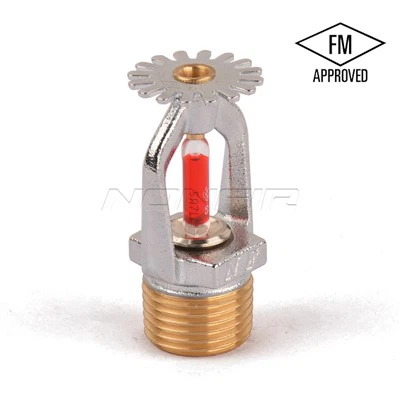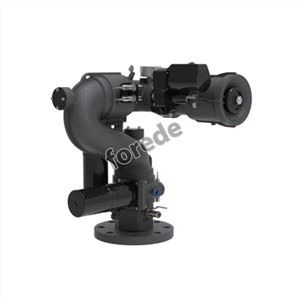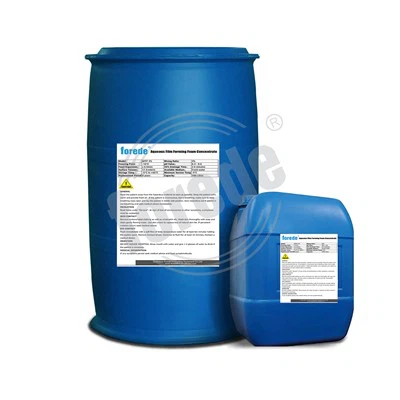How strong are fire hoses:
Fire hoses are an essential tool in fighting fires. They are specially designed to provide a strong and consistent flow of water or other extinguishing agents, which can make all the difference in saving lives and property. In this article, we will discuss the strength of fire hoses, the factors that affect their performance, and how they work.
Fire hoses are typically made from durable and heat-resistant materials, such as synthetic rubber, polyurethane, or PVC. They come in different sizes and lengths, depending on the specific needs of the firefighting operation. The most common sizes are 1 ½, 1 ¾, 2, 2 ½, and 3 inches in diameter.
The strength of a fire hose refers to its ability to withstand high pressure and deliver a sufficient flow of water to extinguish the fire. Most fire hoses are designed to handle pressures of up to 300 psi (pounds per square inch), which is equivalent to about 20 bars. This means that they can deliver a strong and powerful stream of water that can reach up to 100 feet or more.
There are several factors that can affect the strength of a fire hose, including its diameter, length, and material. A larger diameter hose will typically provide a higher flow rate and stronger stream of water than a smaller one. Similarly, a longer hose will experience more frictional losses and require more pressure to maintain its flow rate, which can affect its strength. Finally, the material of the hose can also impact its strength, with some materials being more resistant to wear and tear than others.
In addition to these factors, the strength of a fire hose can also be affected by the type of nozzle used. Different types of nozzles produce different spray patterns, ranging from a narrow, concentrated jet to a wide, fog-like spray. The type of nozzle used will depend on the size and intensity of the fire, as well as the available water supply.
Despite these factors, fire hoses remain a very strong and reliable tool for firefighters. They are tested rigorously before use to ensure their integrity and performance, and are thoroughly inspected after each use to check for any signs of wear or damage.
In order to work effectively, fire hoses require a constant supply of water. This can come from a hydrant or other water source, which is connected to the hose using adapters and couplings. Once the water supply is connected, firefighters can begin to operate the hose, adjusting the flow rate and spray pattern as needed to control the fire.
Overall, fire hoses are an essential tool in fighting fires, providing a strong and consistent flow of water to extinguish flames and protect lives and property. Despite the many factors that can affect their performance, they remain a reliable and effective tool for firefighters around the world.
FOREDE® products with wide range and include Fire Sprinkler Systems, Fire Nozzles, Fire Monitors, Foam Equipment, Foam Systems, Fire Hydrant &Valves, General Valves, Fire Fittings, Water Delivery Equipment. Fire Fighting Foam and much more. If you have any demands for the fire fighting equipments, welcome to contact FOREDE.
Email: Sales5@forede.com(Seth)
Whatsapp: +86 132 1506 5797




















